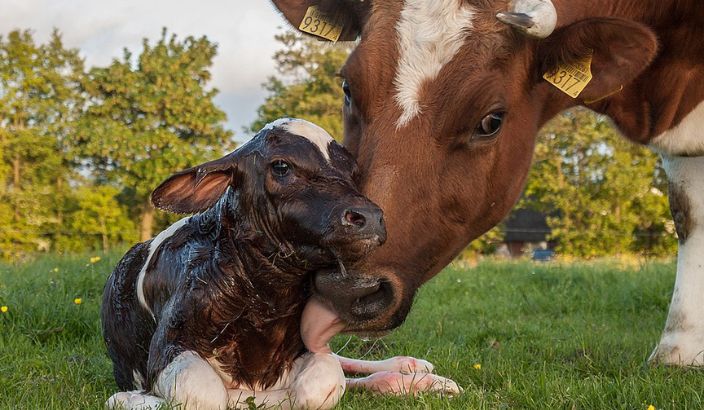Rural news in brief


Calves were in strong demand at the March calf sales in Blenheim. Photo: Supplied.
Strong demand at Blenheim calf sales
Calves were in strong demand at the March calf sales in Blenheim. Peter Barnes, Marlborough Livestock Manager for PGG Wrightson said the steer average over both sales was $4.70/kg liveweight, while the heifer average increased by .12c/kg from the first sale to $4/kg liveweight. There was good interest from North Island buyers with some sales occurring via the live internet feed. Calves were generally in good fleshy condition particularly amongst the earlier born animals. The top price for steers at the first sale was for a pen of 16 Angus calves going for $1360 and an average weight of 319kgs. The top price amongst the heifer pens was jointly shared by the Ling Hai Group at $1050 at 254kgs and PA Wiblin Angus/Hereford cross also at $1050 and 323kgs.
New record keeping requirements for raw milk
From 1 July, new requirements to track the movement of raw milk, for cattle feed, come into effect. OSPRI are working with industry to put measures into place. So far the information released states; If you transport or receive raw milk for cattle feed, then the following information will need to be captured in your business or farm records: the farm dairy the raw milk came from, the driver and vehicle carrying it, the time and date of the delivery and the total volume delivered. OSPRI’s aim is to retain information about the milk used for feed, and its movements between locations to strengthen on-farm biosecurity and benefit the wider the sector - should infection such as like Mycoplasma bovis (M. bovis), be found. “The legislation primarily impacts the transporters and anyone using raw milk to rear calves. However, anyone in the chain (like dairy processors) will need to play their part,” OSPRI say More updates are expected to be provided.
Trial to screen milk for TB
Johnes, BVD, Mycoplasma Bovis can all be detected in milk. So how about TB? The dairy sector has seen advances in disease management, as well as the benefits to the farm team and the cows, by testing through milk - rather than testing the cow.
Now a trial to find out if it is possible to accurately detect bovine TB infection in bulk tank milk is underway. Known as the Enferplex test, it’s been developed to screen for TB in milk in Ireland. If successful, the TBfree programme’s herd surveillance strategy can be improved with national coverage of all of the dairy cows every year.
The BTM screening tool could also narrow down the on-farm testing to where the disease risk is shown through the results of the milk test. The trial will provide the data needed to confirm if the test is effective in New Zealand conditions and could reduce the need for the skin test on dairy farms. BTM samples are being collected and tested from every dairy herd in New Zealand. Any positive ‘detects’ (similar to the skin test positive result) will be followed up with on-farm testing and, as it is a trial, another group of dairy farms with negative results will also have follow up on-farm TB tests.
Just like the skin test, it is possible that when screening herds for TB, individual animals can present ‘as if’ infected - for a variety of reasons. So, we do expect a proportion of false positives (there is no disease) to be cleared up through further standard (skin and blood) TB testing at the farm. It’s an exciting project that could have a major impact on TB testing in years to come, and we look forward to sharing the findings with you. If you’d like to know more or have questions, please get in touch by sending an email to [email protected]
